
If you are looking for a partner with experience teaching the arts to elementary grade children successfully, rooted in California State Standards, and where the program is based on award winning curriculum, you are in the right place.
Our curriculum is based on a time tested approach to teaching children and which the research literature makes clear – active as opposed to passive, interdisciplinary, tactile, novel, and where opportunities for students to employ executive functioning strengthening cognitive development. What does this mean? you want the student to be attentive and engaged in order to hear and learn instructions. The arts are one of the most efficient, cost effective, and positive interventions for knowledge attainment. Children are naturally motivated to engage with the arts. While you have their attention, reinforce material being taught in other subject matters, and facilitate curiosity and imagination which is reflected in their artistic product.
Our motivation is to ensure each child we work with is equipped with skills that help them develop self-efficacy, self-expression, social emotional skills, cultural awareness, opportunities that speak to their curiosity, imagination, and provide a creative outlet leaving them with a “what if” in furtherance of inquiry.
In our nation, there are several considerations educators and administrators grapple with. Some of which are instilling social emotional skills, providing an environment where creativity and innovation are sparked, and help children thrive emotionally and academically to better prepare them for the rigors of academics and life. Researchers have identified traits that determine self-efficacy and academic performance – spatial skills and creativity. Both are rooted in the arts. Our program addresses all learning styles and introduces children to terms, theories, and skills that compliment spatial skills and scaffold throughout their academic careers.
Stakeholders
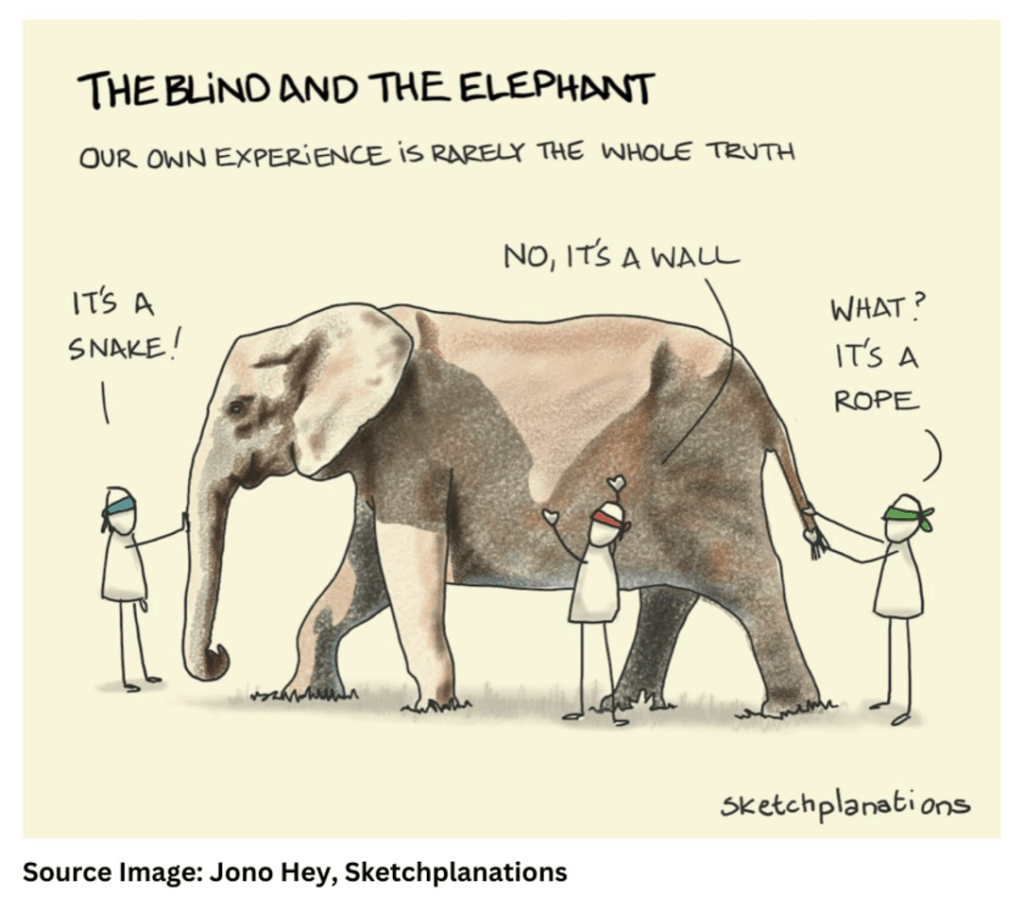
When I encountered this image during a business training lesson, I thought this is a perfect analogy for child, parent, educator, and administrators in regard to attending to needs. The parent near the heart, the teacher at the trunk, and the administrator bringing up the rear. We like to believe stakeholders in a child’s needs communicate and work in tandem. While some do, there are those who struggle.
We understand the pain points parents, educators, and administrators grapple with while trying to forge a quality education preparing children for the 21st Century. I’ve been there as a parent, art educator, and curious individual by talking with all stakeholders even to this day.
A major part of the solution is within your community.
Considerations such as funding, volunteers, qualified art teachers, juggling priorities, establishing buy-in from the team, and bandwidth required to organize and develop a comprehensive art program can become overwhelming. We’ve got you! We have the experience and program that can be easily adaptable to your schools ecosystem.
The mandate for education stakeholders to provide quality education that prepares students for the 21st century is monumental! Which is why it’s imperative that partners in this noble pursuit have the experience, team mentality, and ability to truly listen to the unique needs of the client. One size does not fit all and it is incumbent upon us to understand your schools pain points. Which is why we meet with you to better understand your wishes, needs, budget, resources, and schedule. From there, we develop a plan that is well thought out and deployable.
We are rooted in the knowledge that the arts in all their forms are one of the most profoundly effective, practical, equitable, and positive interventions that correlates with a profound difference in a student’s life outcomes and academic success. How do we know this? because we’ve done the work and established a model of excellence we believe will meet your expectations and mandate to provide a quality interdisciplinary arts curriculum.
Art Integration Education’s mission is to replicate an established award winning Fine Arts program while incorporating our understanding of the child’s needs and how children learn best.This is informed by leaderships backgrounds in psychology and public health in addition to hands on working with children.
In December of 2024, we partnered with the Castro Valley Library and conducted two trial art lessons, Color Wheel & Color Theory as well as Atmospheric & 1-point Perspective with elementary grade children.
Children were introduced to historical figures, history, geography, theory, artists and their backgrounds, mediums, understanding iteration, the importance of a “study”, and then tying it all together in their final product. As several parents exclaimed after the Perspective lesson, “I didn’t think they’d grasp this concept” as it was perceived as more advanced. They did. Through careful explanation, visual aids, engagement, opportunity to employ critical thinking, recall, verbalize, share, and synthesize what they are learning all contribute to a quality experience they are more likely to remember (multi-sensory) and enjoy (self-efficacy).
Art Integration Education focuses on the core themes of dance, music, theater, visual arts, and media arts which are woven into the State of California’s required curriculum for K-12 grades. As of November 2022, California voters showed their support for the Arts when Proposition 28 – Arts and Music in Schools (AMS) Funding passed, assuring public educators of consistent and reliable funding. Now, it’s up to the school district administrators and school site stakeholders to not only work together, but find the community resources and necessary financial funding to meet this mandate. We know we can help you in this endeavor!
While we have several examples of art lessons developed, for now we will showcase two lessons conducted in December of 2024 with Castro Valley Library children.
Color Wheel & Color Theory
Children were introduced to Sir Isaac Newton, date of birth, birthplace (complete with physical map) where a mini geography lesson takes place, a discussion about him as a scientist and curious individual, which led him to experiment with light using a prism (physical prism is provided for student to hold, examine, and discuss as a group), explanation of the color wheel and purpose, examples of stylized color wheels, the acronym ROYGBIV is introduced through sing-song, color theory, and then a guided lesson on primary, secondary, and tertiary colors. Children are introduced to the importance of wonder, curiosity, questioning, and their very own color wheel as a reference for color mixing.
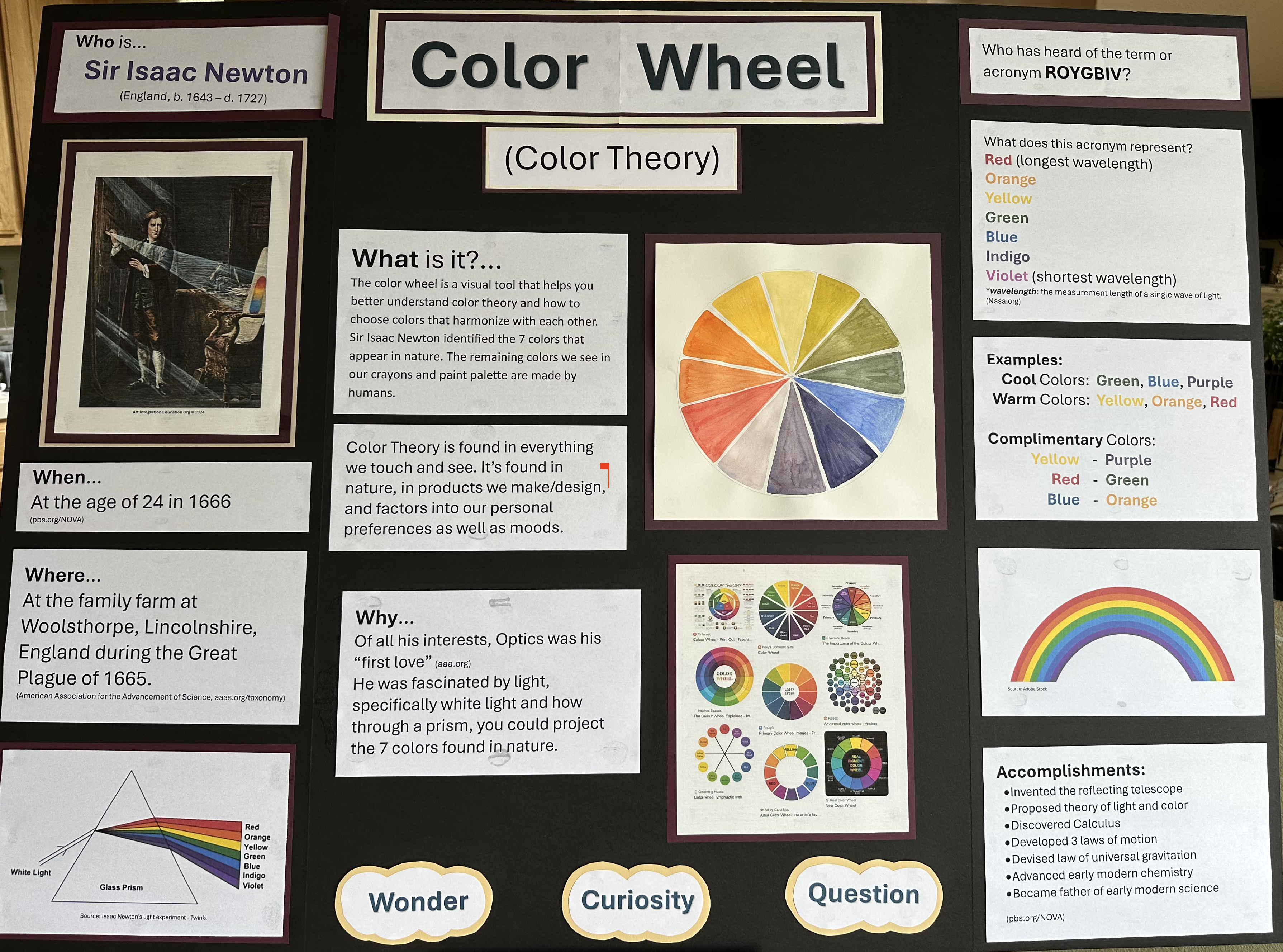
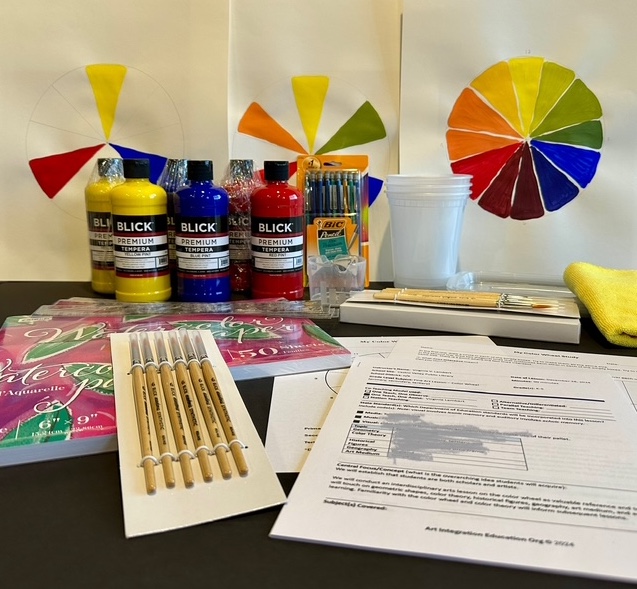
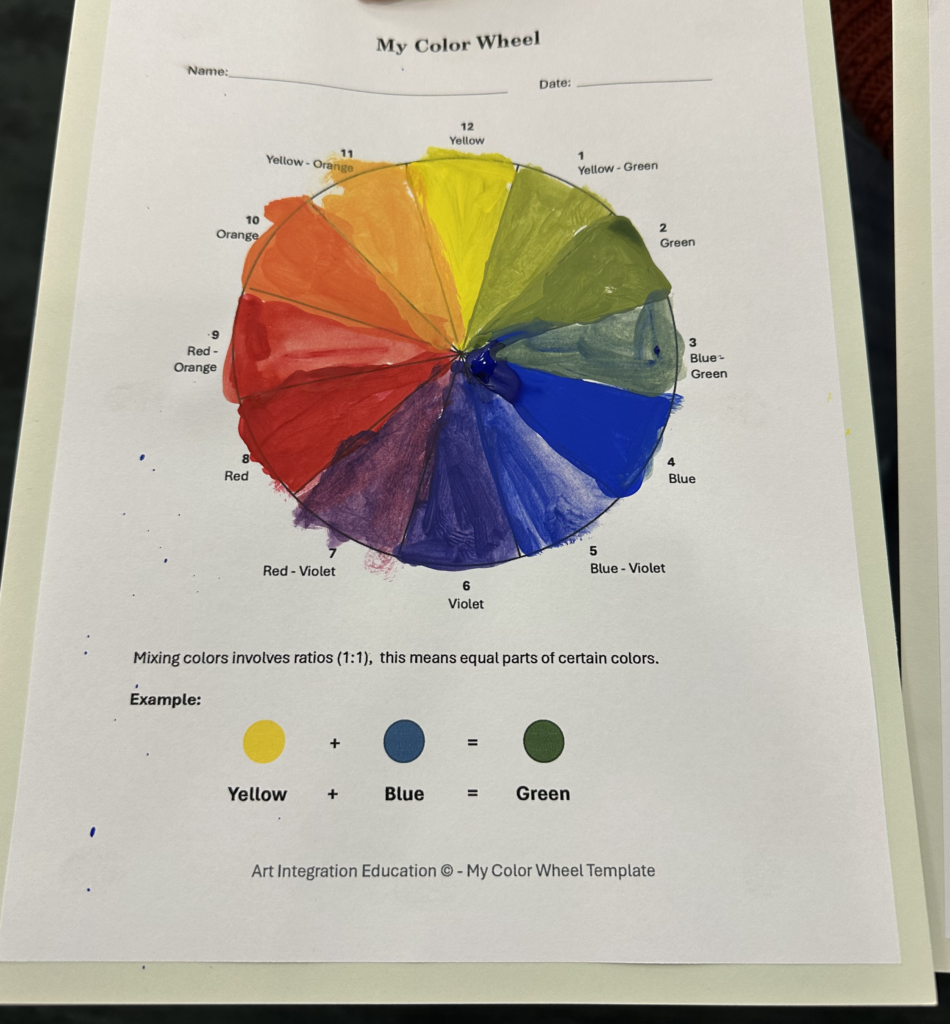
Atmospheric & 1-point Perspective
Children were introduced to historical figures associated with the origins of perspective. Forerunners such as Filippo Brunelleschi and Leon Battista Alberti were introduced, how Alberti built on the work of his predecessor Brunelleschi. Their date of birth, birthplace (complete with physical map) to orient themselves with continents, oceans (I have a tip for how to get children to remember which ocean is between the United States and Europe), technical terms, and elements. Scholars are taught about the importance of citing or crediting others work, as this practice becomes important throughout their studies. We discuss the importance of a “study” and iteration in art. Additionally, color theory comes into play once again when we discuss atmospheric perspective. Lastly, they are introduced to a contemporary artist and scientist, Erin Hanson, an artist, entrepreneur, and founder of Open Impressionism. Representation matters! being intentional about your curriculum in an effort to expand a child’s exposure to classical mainstream as well as contemporary artists is something that sets us apart.
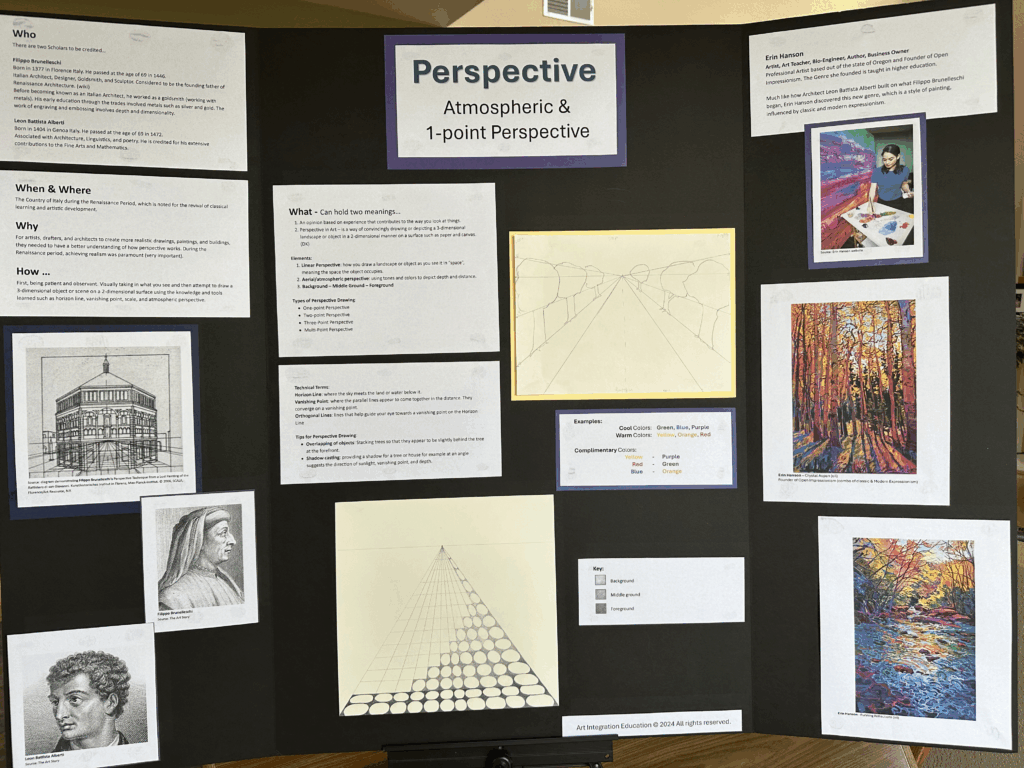
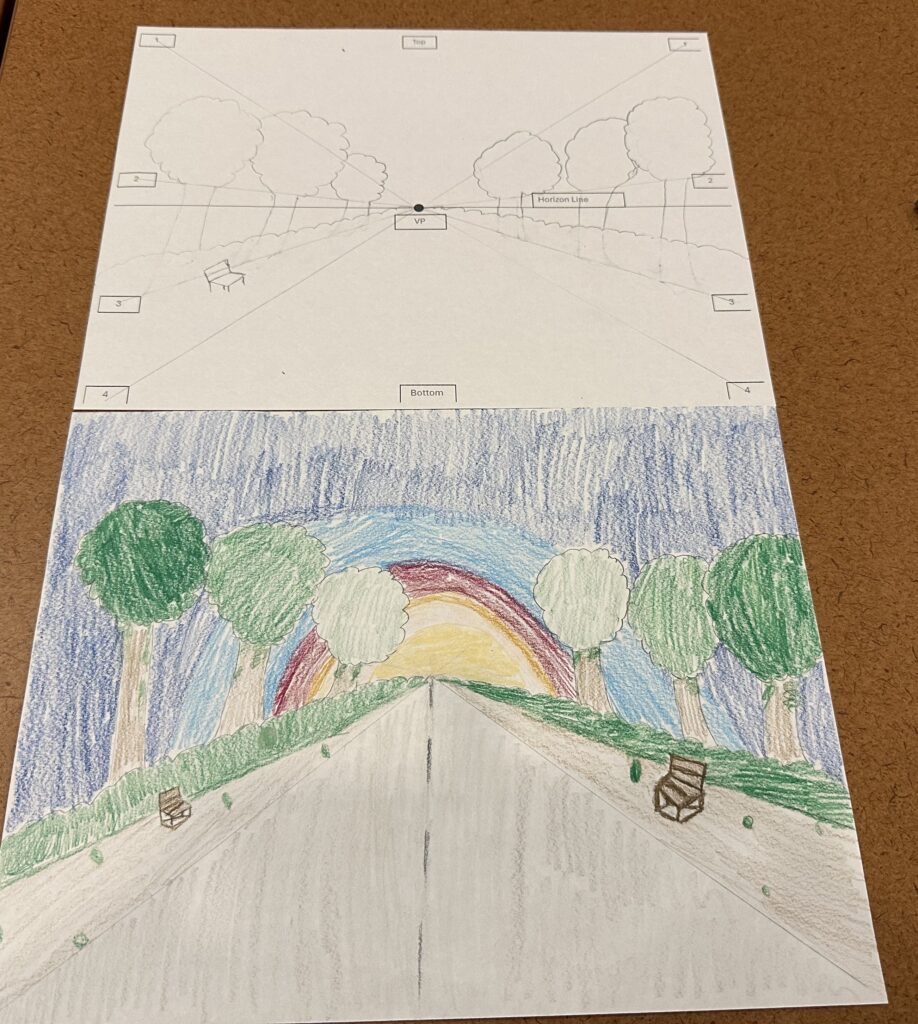
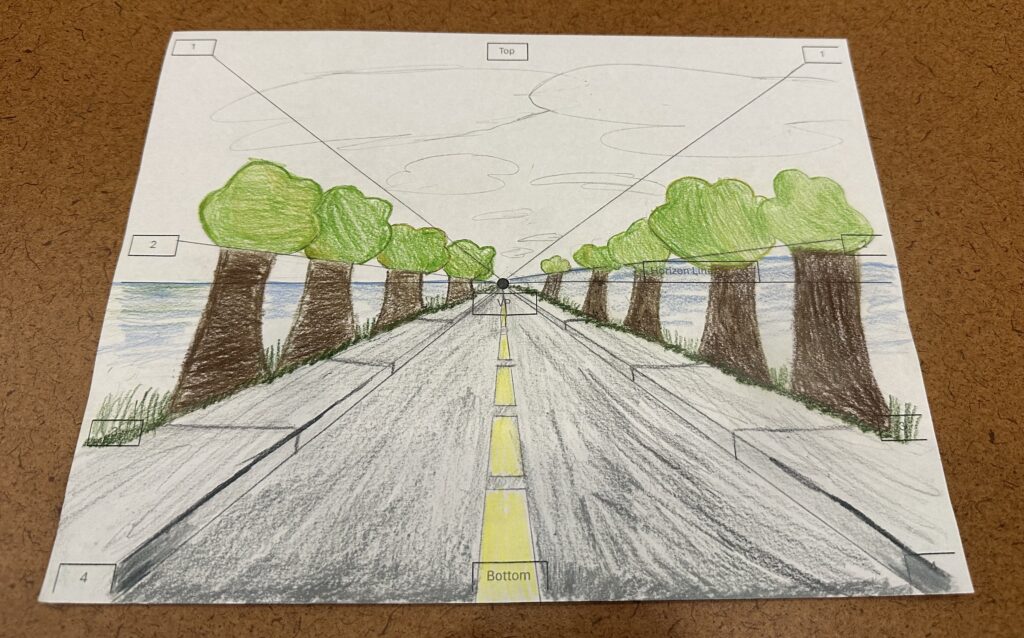
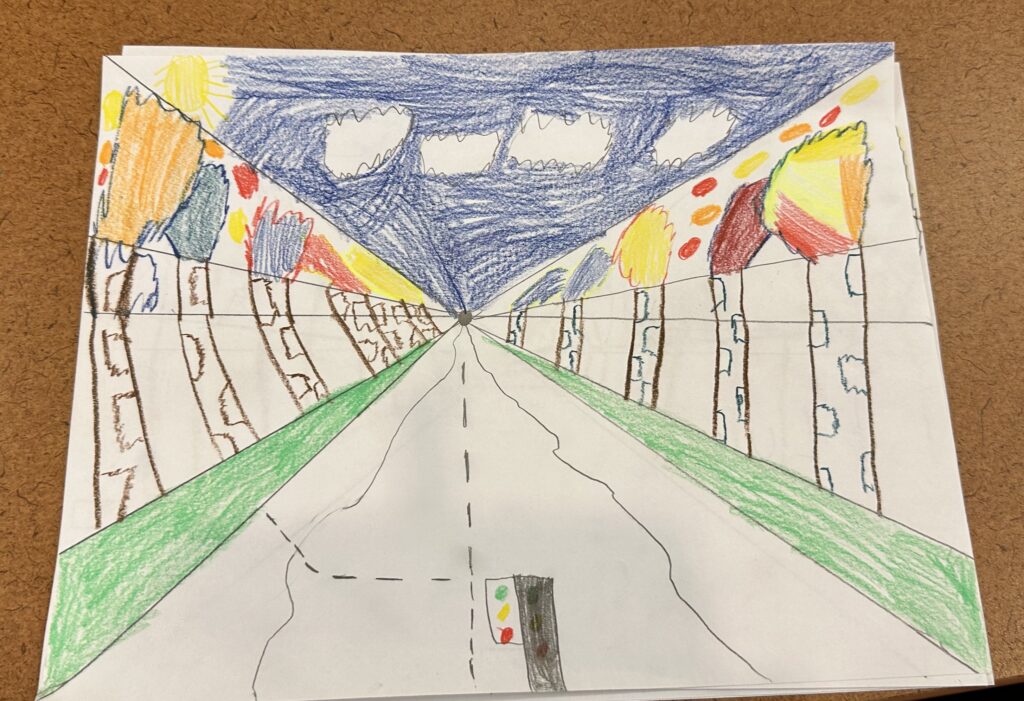
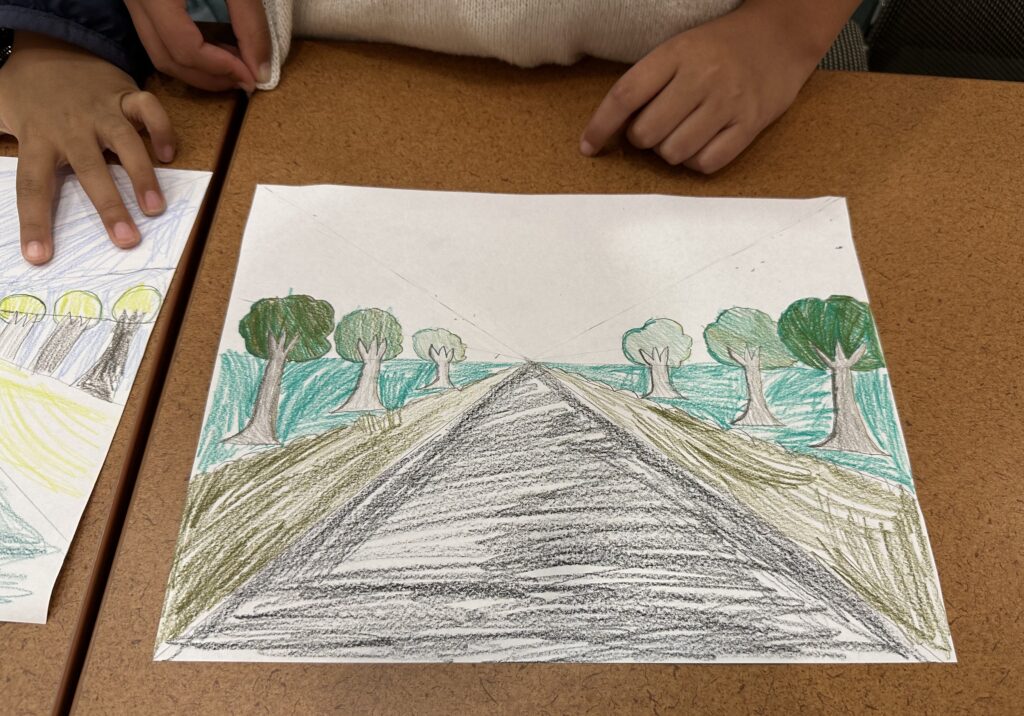
More lessons are coming. Please stay tuned.
